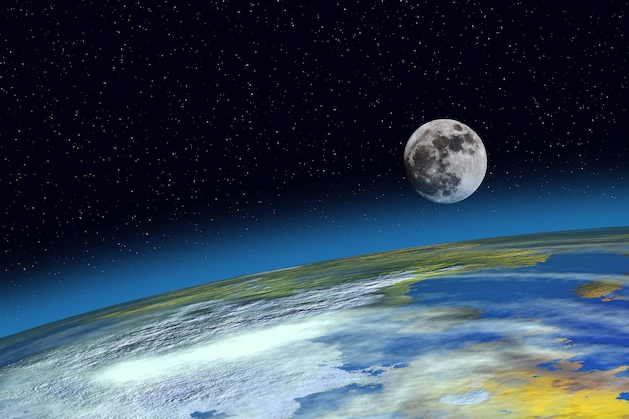A capsule from the Chinese spacecraft “Chang’e-6” has returned to Earth with rock samples from the far side of the moon. As live images from Chinese state television showed, the capsule landed in the steppe of Inner Mongolia on Tuesday afternoon (local time).
China last brought rock samples from the moon to Earth in December 2020. Before that, the USA and the Soviet Union had already succeeded in doing so in the 1960s and 1970s. For the first time, however, samples from the far side of the moon were on board, from which scientists hope to gain new insights into the history of the Earth’s satellite.
The lander of the spacecraft “Chang’e-6”, named after the Chinese moon goddess, landed on the moon on June 2 and subsequently collected rock samples.
Based on the geological features of the landing site in the moon’s South Pole-Aitken Basin (SPA), Chinese researchers believe that the samples returned will consist of 2.5 billion-year-old volcanic rock. Traces of previous meteorite impacts may also be included in the samples.
There are “significant differences” between the Earth-facing and the Earth-facing sides of the moon in terms of crust thickness, volcanic activity and soil composition, writes Chinese geologist Yue Zongyu of the Chinese Academy of Sciences in the science magazine “The Innovation”.
Samples containing traces of meteorites could ultimately provide not only information about the evolution of the moon, but also new insights into the formation of the entire inner solar system, Yue explained.
With the return of the capsule to Earth, China is completing its sixth lunar mission since 2007. Most recently, “Chang’e-5” brought samples from the front side of the moon to Earth for examination in 2020. Before that, in 2019, “Chang’e-4” was the first rover to land on the far side of the moon and explore the terrain there.
Moon landing missions are considered extremely difficult. In the recent past, several lunar probes from India, Israel, Japan and Russia failed to reach their destination as planned.




